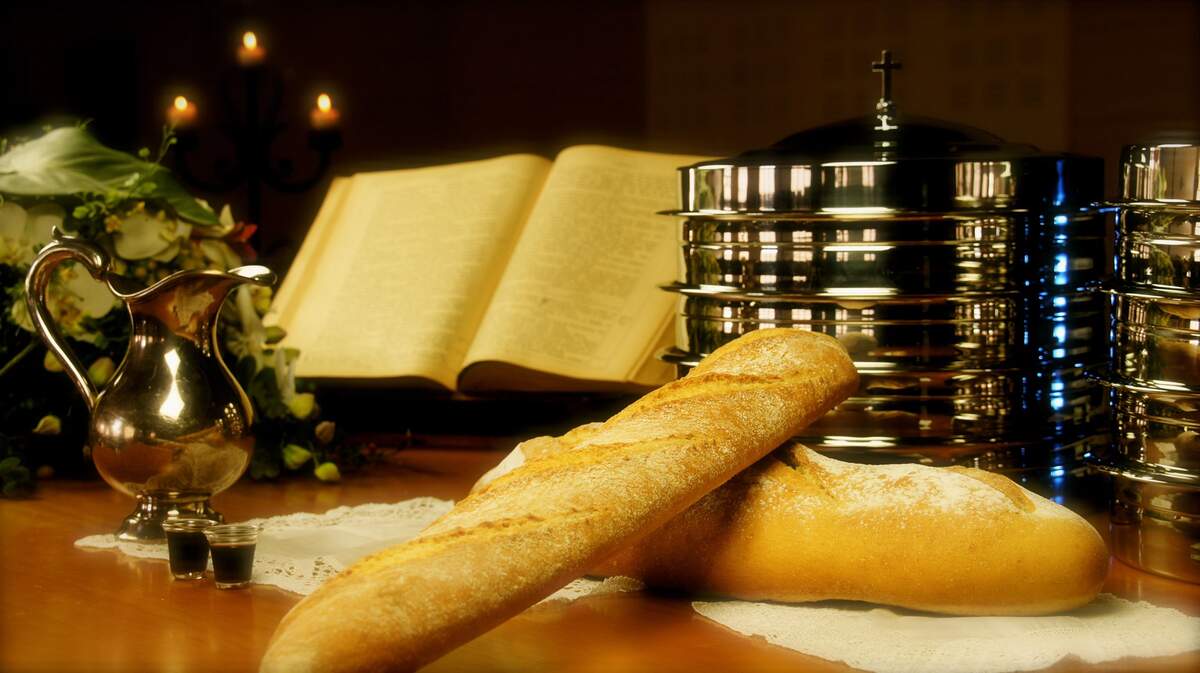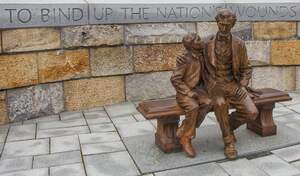

Corpus Christi
Also known as
Day of Wreaths
Feast of the Most Holy Body
Observed
60 days after Easter (since 1246)
Dates
Hashtags
Sources
Corpus Christi, observed by Christians—especially Roman Catholics—commemorates the Holy Eucharist, a rite also commonly known as Holy Communion or the Last Supper. The holiday commemorates Christ's Last Supper, which was held on Maundy Thursday, celebrates the rite that came from it, and also celebrates transubstantiation, the belief that the Eucharist is literally the body and blood of Christ, having been turned into it from bread and wine. Since the Reformation, most Protestant churches have not celebrated the day, because they have different views on the Eucharist regarding transubstantiation, but Corpus Christi is a public holiday in many countries that are predominantly Catholic.
Whereas Maundy Thursday is a solemn day marking the Last Supper, the washing of the disciples' feet, the institution of the priesthood, and the events at the Garden of Gethsemane, Corpus Christi focuses solely on the Last Supper. In fact, "Corpus Christi" is the Latin phrase for "Body of Christ." The holiday has been observed since 1246, when the first celebration was held at St. Martin's Church in Liège, Belgium. The start of the day can largely be attributed to Juliana of Liège, who longed for a day dedicated to the Eucharist that wasn't during Lent and spent about 40 years working to start the day. The holiday is celebrated on the Thursday after Trinity Sunday around the world and in some parts of the United States. It is celebrated on the Sunday after Trinity Sunday in some other parts of the United States. With the Catholic liturgical reforms of 1969 under Pope Paul VI, nations were allowed to move the day to the Sunday following Trinity Sunday, instead of being required to observe it on the Thursday after that Sunday.
On the day, Catholics and other Christians receive Holy Communion. Children often celebrate their first Communion on the day. Various traditions are followed around the world. In some countries, consecrated bread is paraded through the streets, by priests carrying it in a monstrance. In Spain and in Provence, France, elaborate processions include saints and characters from the Bible, and the path is laid with wreaths and flowers. In Rome, the Pope presides over a procession. In Portugal, the day is known as Día de Corpo de Deus and has been a major observance since medieval times. Processions are an important part of the observation in Mexico as well.
In Germany, the sacrament and holy symbols are carried through villages, on streets decorated with flowers and greenery. Children dress in white and wear flower wreaths, and accompany priests and women who wear regional costumes. In some parts of the country, such as Bavaria, processions are on lakes and involve boats, instead of being on the streets. In Switzerland, processions are filled with clergy in robes, soldiers in historic uniforms, and others in regional costumes.
How to Observe Corpus Christi
If you are Catholic or belong to another Christian denomination that observes the day, take the opportunity to receive Holy Communion. If you have a child, perhaps they will have their first Communion today. No matter your religious beliefs, you could attend a Corpus Christi procession. Another idea to celebrate the day could be to visit Corpus Christi, Texas. Both Corpus Christi Bay and the city are named after the holiday. On today's date in 1519, Alonzo Alvarez de Pineda found a bay on what is now the southern coast of Texas. A city eventually grew there, and the city and the bay were given the name Corpus Christi.





















